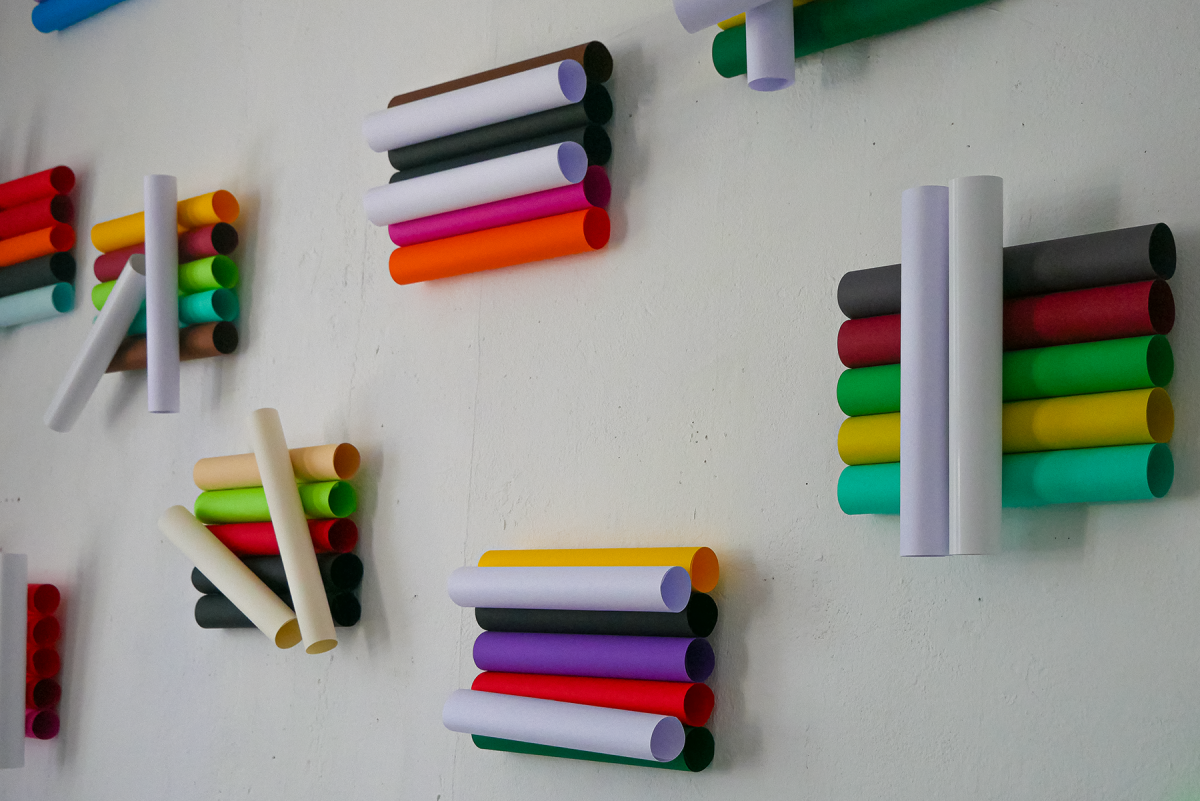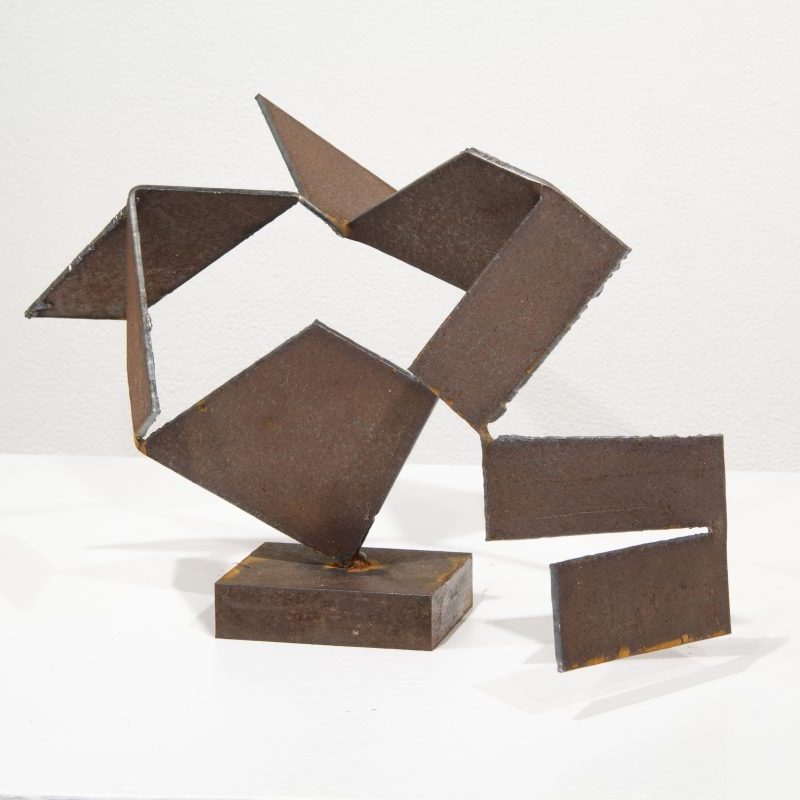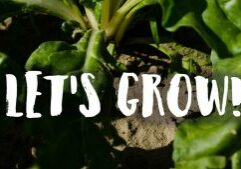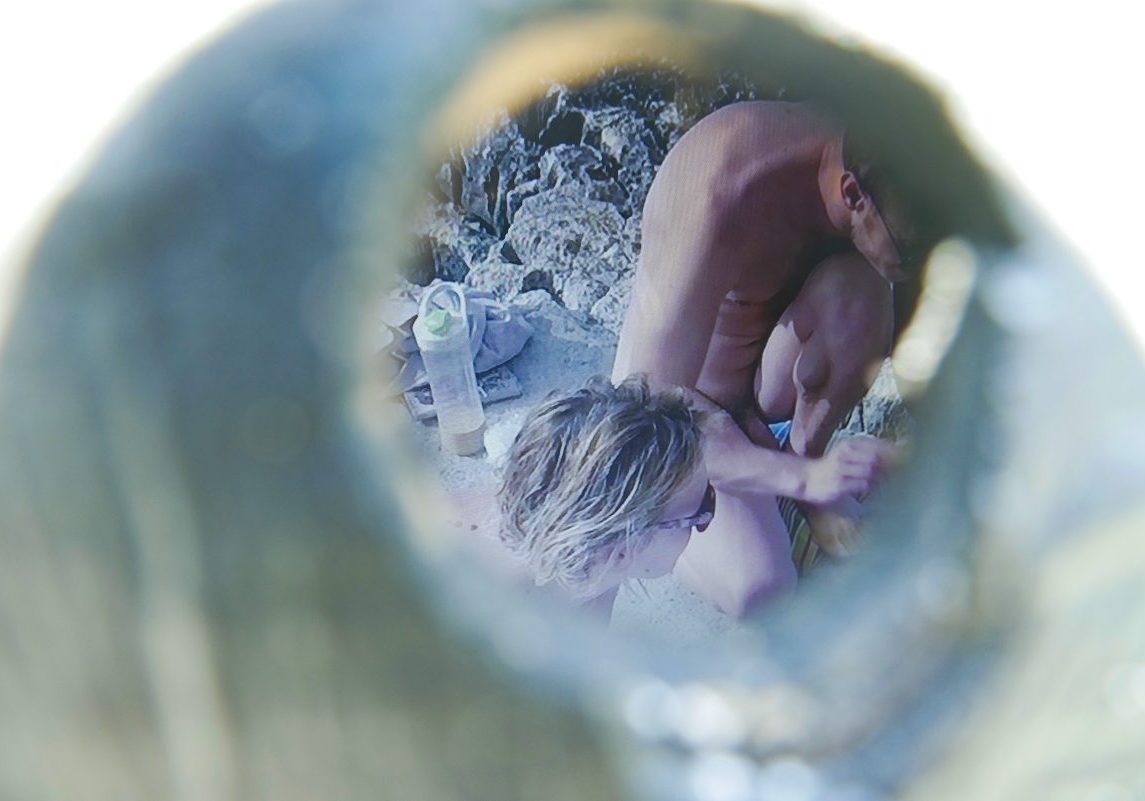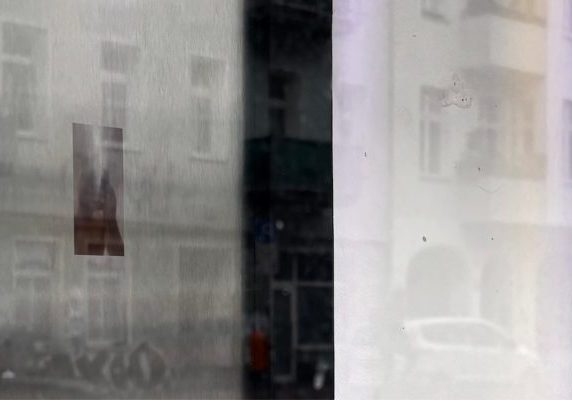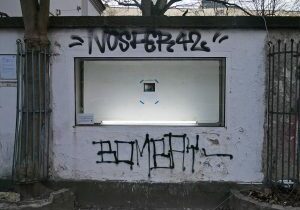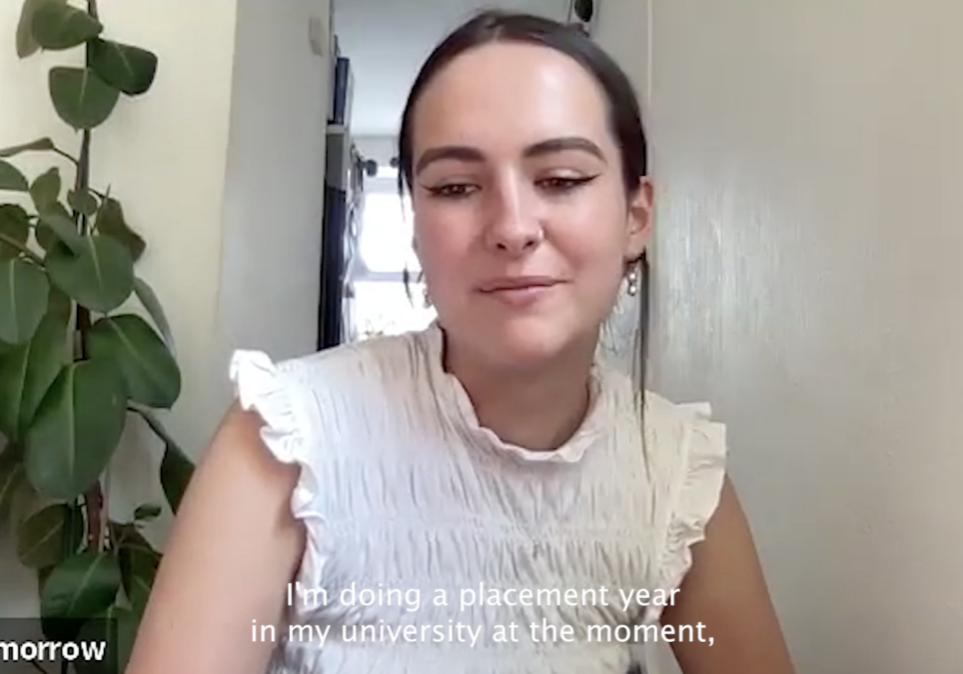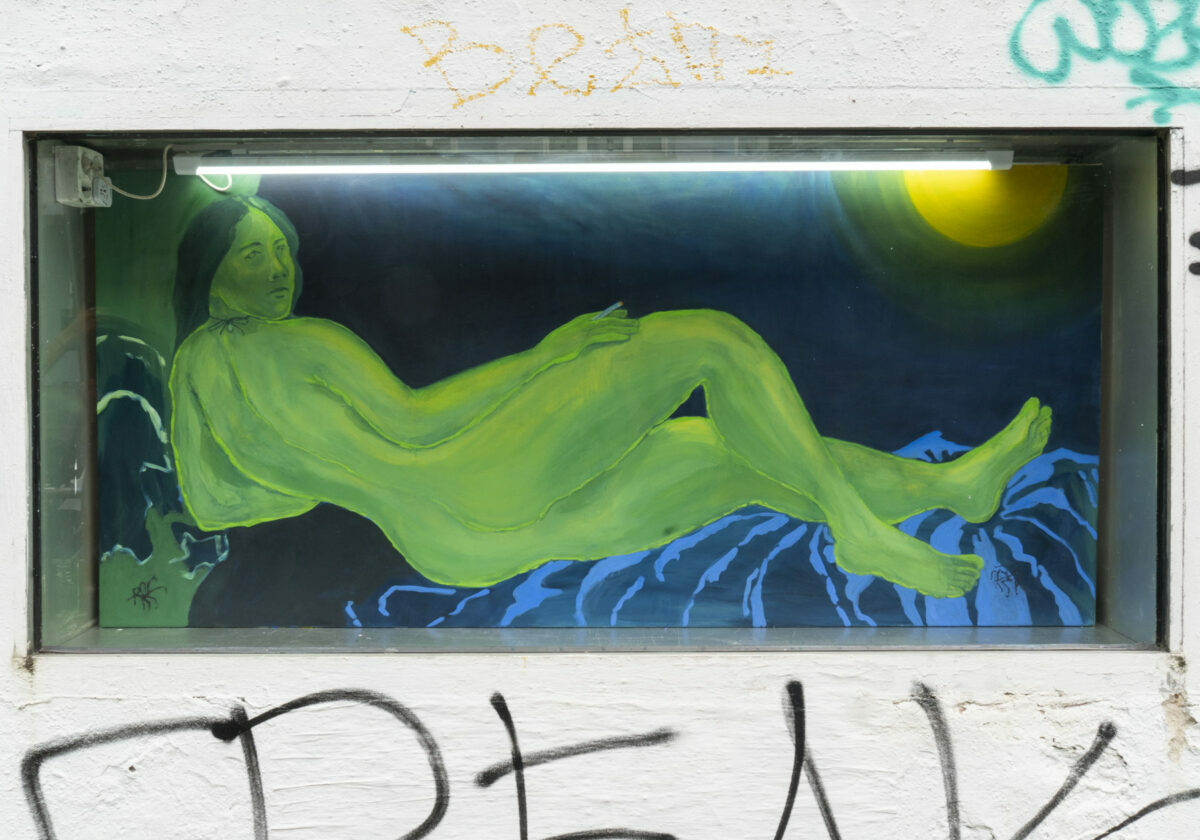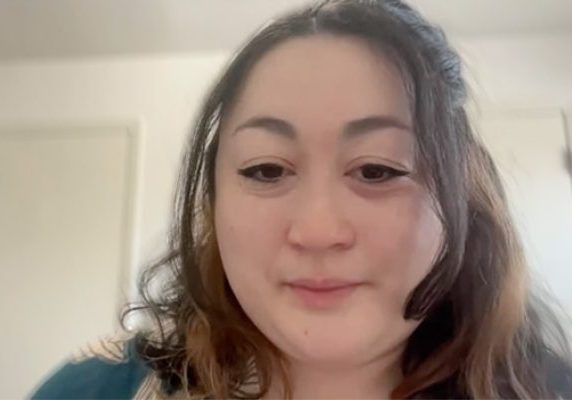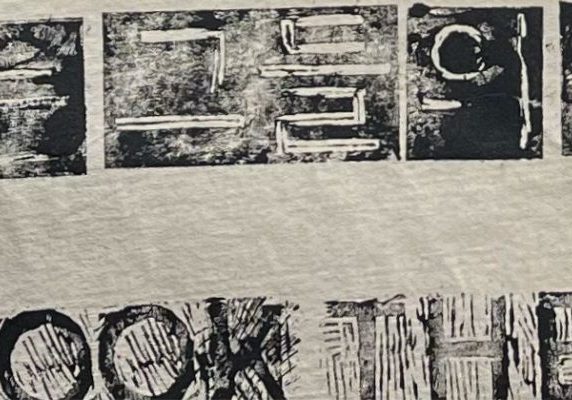Meet the Artist // Nick Chiado
Nick is a sculptor fascinated by three-dimensional space. He believes in working with materials sensitively and skeptically, aiming to preserve depth in a flat world. Sculpture, to him, is about engaging with matter and projecting it into space.
Can you introduce yourself and tell us about your artistic journey?
I am Nick Chiado. I am an artist from the United States and I mainly work with sculpture.
All that I could really focus on in high school was photography. And that’s kind of where everything started. I just got kind of got bored with photography. I had been doing it for a while, and I just needed something new. My practice evolves a lot through just being frustrated with what I am doing. I think a lot of art evolves through dissatisfaction with something and wanting it to be presented or seen or experienced in a new way.
I make sculpture that really focuses on sculpture itself. I really like the cyclical process of doing that. Focusing on the foundations of how we experience sculpture is really important to me. This can be in relation to many topics, like how our experience of space and physical material has evolved over time.
I also like to kind of keep things minimalistic. I am definitely inspired by a lot of minimalist art from the 60s and 70s. I work with the way materials are without really adjusting them. I keep them as they are, then I interact with them through my process.

Do you have any anecdotes that had some effect on your art?
My grandma was a painter. That’s also maybe something that influenced me as a kid. I grew up in a creative environment. In my house back home where I spent my childhood, there are all of her paintings on the walls. I grew up looking at those. And a lot of them are these super colorful abstract paintings that I grew up trying to figure out. That’s what my abstract brain grew out of, I guess. I don’t know.
Abstraction makes things a bit confusing. You want to try and understand it, but you can’t always.
Who are your sources of inspiration?
I really like artists that work in between mediums. There’s a lot of them that are categorically in the middle of everything.
John Chamberlain is an artist that I really appreciate. He did a lot of work with crushed cars, for example. But they’re really hard to pinpoint where he’s kind of coming from.
It’s funny. Like, they want to be categorized, but they resist it in a certain way.
So I really like artists that use those entry points to confuse and make people question a lot of preconceived notions of what art can be and what art could be. I am inspired by just the general understanding of all of that. And definitely a lot of artists from the past.
Art history is an interest of mine. Being able to read books and taking in more information is a really amazing thing that you can do with art.
Your art has a playful dimension, I would say. What about your process?
I think it’s all experimentation. I usually work with what I have access to and what materials I have around. I take a lot of material and start playing around. For example, I bought a stack of paper, then I just sat down and rolled. And then arranged in certain ways. The only way that I’ve really been able to describe it is wallowing. You’re sitting with something and you don’t really know what to do with it. You just start and have to do something to get going.
I feel that’s how I make my way through material.
It also relates to cooking, for example. I cook a lot in restaurants and that process of repeating movements is similar to what I do in art. Like, when you are cutting a box of 100 onions, you do one movement at once. You take the bottom off. And then you take the bottom off all of them. Then you bring it back, you cut them all in half. And then you bring them back again. I think that that process is definitely interesting. It’s about breaking things down into parts.
So, playing with materials is part of the process. But I think there’s a certain level of intuition that comes in. You don’t really know what’s going to happen. I think that that’s really exciting, but it can also be frustrating and annoying. I feel like art is something that people don’t really acknowledge
Another thing that I’ve been thinking about a lot is sculpture being this very inconvenient thing. Experientially, sculpture is something that you need to pay attention to fully understand. Inconvenience is represented through the mismanagement of material. Using material in a different way than it should be used is just a fundamental part of sculpture. Moreover, sculpture relates to a lot of different things that are not sculpture: theres construction, cooking or anything that is craft-based or sculpturally adjacent. It relates in an interesting way.
How do you see yourself in the art world? What’s your relationship to the art market?
I don’t really sell my stuff. I only want to share things. I really want to share how I approach sculpture. That can take so many different forms that it is somewhat hard to find the right way to express that. It’s challenging, too, because my work can take so many different forms. Visually it’s not consistent. And I really like that. I can work with so many different materials, and they can all express different things. There’s something powerful about that in a time where consistency is definitely prioritized. This is my first residency. So, it’s hard to know where I want to go.
Why did you join the residency?
I wanted to come back to Berlin really badly. I had been here in 2021, when I was just traveling Europe after I graduated from school. Berlin just really caught my attention out of all the places that I went to. It’s a place that I hadn’t really experienced before. I find it to be such a visually engaging and exciting city. There’s always so much to look at.
Even if it’s gross and dirty and all that, there’s definitely a level of excitement that I get just walking around here that I hadn’t really experienced in other places.
So, I just wanted to come back and try and see how I could make art to learn from. I have been able to bring some of those things from outside in here and have a very open mind about what I want to express. With so much out there, it’s easy to come back here and just try to express those things, distilling them into some kind of art.
And what plans do you have afterwards?
I think I’m going to go back to Chicago. I’ve been kind of moving around a lot for the past couple of years. I need a place to put my books and hang my stuff on the walls. So, it would be nice to settle down for a little bit and be able to get a studio.
